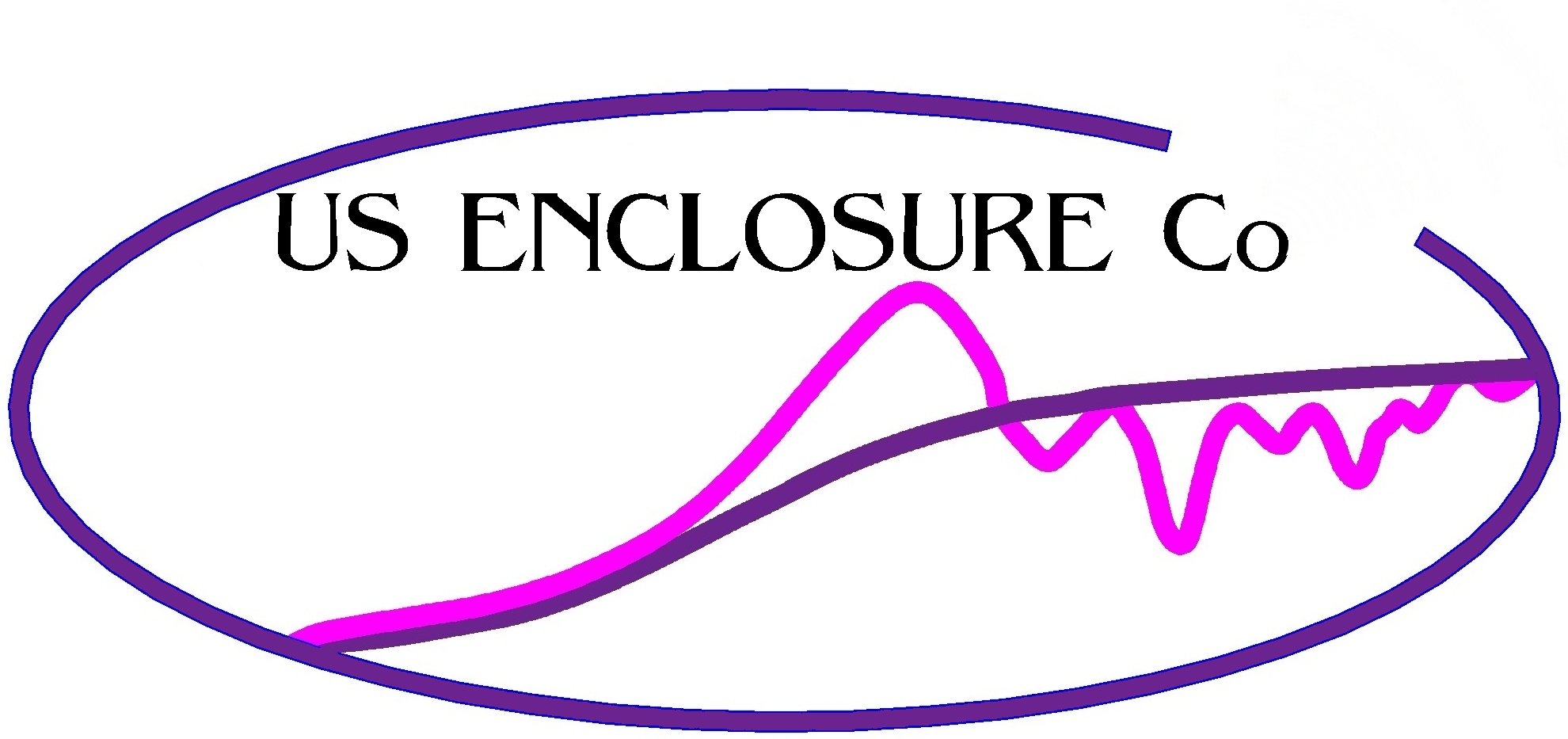
PRODUCTS AND SERVICES
ADDITIONAL PRODUCTS / SERVICES
OUR TECHNOLOGY
FEATURES ADVANTAGES BENEFITS
TESTIMONIALS
BACKGROUND AND HISTORY
 |
CONTACT PRODUCTS AND SERVICES ADDITIONAL PRODUCTS / SERVICES |
OEM
INFORMATION OUR TECHNOLOGY FEATURES ADVANTAGES BENEFITS |
US ENCLOSURE DESIGN STUDIO TESTIMONIALS BACKGROUND AND HISTORY |
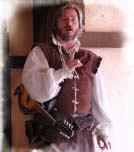 TESTIMONIALS
TESTIMONIALS| AJ S |
04/6/2014 |
The space is awesome! First off it's huge… Folsom Street Foundry also boasts an awesome sound system |
| Vanessa N |
10/8/2013 | The place is pretty spacious (looks like a repurposed warehouse) and has several projectors and great sound equipment. |
| Carol C. |
This place is just the perfect chill and hang locale.
It's got two beautiful bars, custom tables and chairs (Crazy metal and wood
work going on here! (Especially the barstools! So cool! So bouncy!), a huuuge
amount of open space, and a wonderfully
clear but subtle sound system |
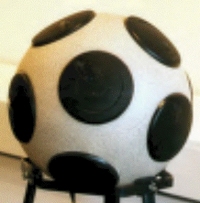

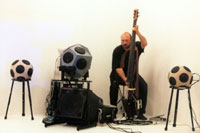

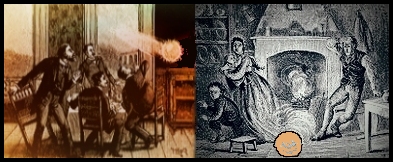 |
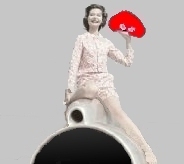 |
|
The US Enclosure Mark 3
By Anthony Temple, President, Temple Multimedia
While recently visiting Southern California I was privileged to listen to the unusual looking Mark 3 speakers developed by Kris Metaverso and his team at Ultimate Speaker. I had just arrived from Northern California on a round world ticket and had there been listening to Kef 101s with a Miller amp; Keisal sub woofer. Also I had a pair of the Gallo nucleus ball speakers with me which spoke volumes for diffraction free speakers. Minimizing diffraction is to me an important feature of good design. This brings me to the Mark 3's. Kris has made many spherical enclosures over the years but decided to develop a wing shaped speaker using a 8" bass driver, a 3" midrange, and a bipolar tweeter. As we set up the speakers for test I was impressed by the lightness of the cabinets as I had expected them to weigh much more. Much of this lightness can be traced to the use of high tech composites in the construction of these speakers. The Mark 3's are a ported design using an excellent bass driver from Eminence. Editor's note: The newer versions use an 8-inch Peerless When we fired up the speakers, I was immediately impressed by the clean bass response of the system. Listening to track 6 of the Backlash Compilation "recycle or die" I heard things that I had not heard before. The Mark 3's use a forward firing ports so placement should not be too critical. On the classic Dusty Springfield, "The Look of Love" track on the Café Del Mar 6 album Dusty’s voice seemed very real with good attach and excellent decay, this speaks volumes for the modest Linaeum tweeters on top of the Mark3 doing the high frequency work and that they are well integrated into the system. The finish on the Mark 3s was a bit unusual prompting me to nickname them the "Halloween Speakers". However, sound is what is important and Kris assures me that there are a multitude of colors and finishes available. An innovative product that deserves an audition! ===================================================== Anthony Temple was a multimedia producer based in Western Australia. He also designed and modified loudspeakers and audio circuits. He had owned various hifi products- Eico HF30s- LS3/5a speakers Kef Concertos and Dyna and Cambridge amps. He worked as a consultant and also does coaching of life skills. © Temple Interactive Media 2000 templeinteractivemedia@consultant.com |
The
US Enclosure Mark 5
By Anthony
Temple is a multimedia producer based in Western
Australia. He produces major corporate shows,
etc. throughout the Pacific and AsiaI compared the US Enclosure Mark 5a to my recently purchased pair of Gallo Acoustics Mini's. I simply could not believe that I paid twice the US Enclosure cost for the Gallo's after hearing the US Enclosure product. US Enclosure Company's Mark 5a's completely blew-away the Mini's sonically. I was so stunned that I took apart both units looking for the reason(s) why the US Enclosure product was sounding a magnitude of order better. I discovered that each model's drivers were of similar quality. The only element that was different was the Enclosure. US Enclosure Company's loudspeaker enclosure materials are the "transparent aluminum"* of the loudspeaker industry and are superior to any material currently on the market. Obviously their enclosure materials are the basis of their sound quality, no matter what loudspeaker enclosure shape is used. * Transparent Aluminum... (1) the hull material of spaceships in Star-Trek... (2) engineering term-- a totally new material that simply and cleanly outperforms all existing technology. 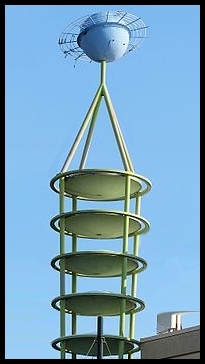 |
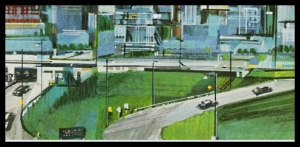
 |